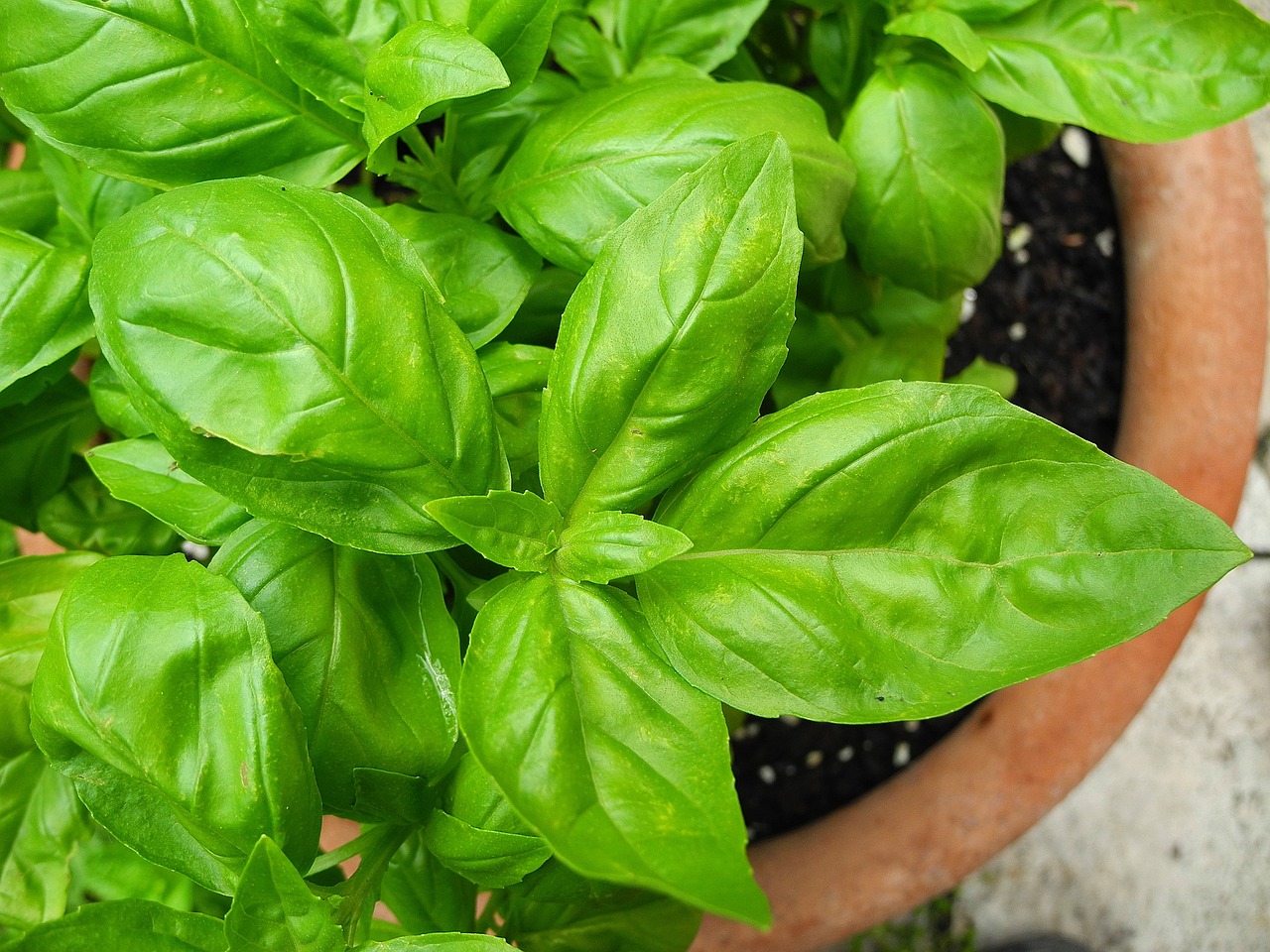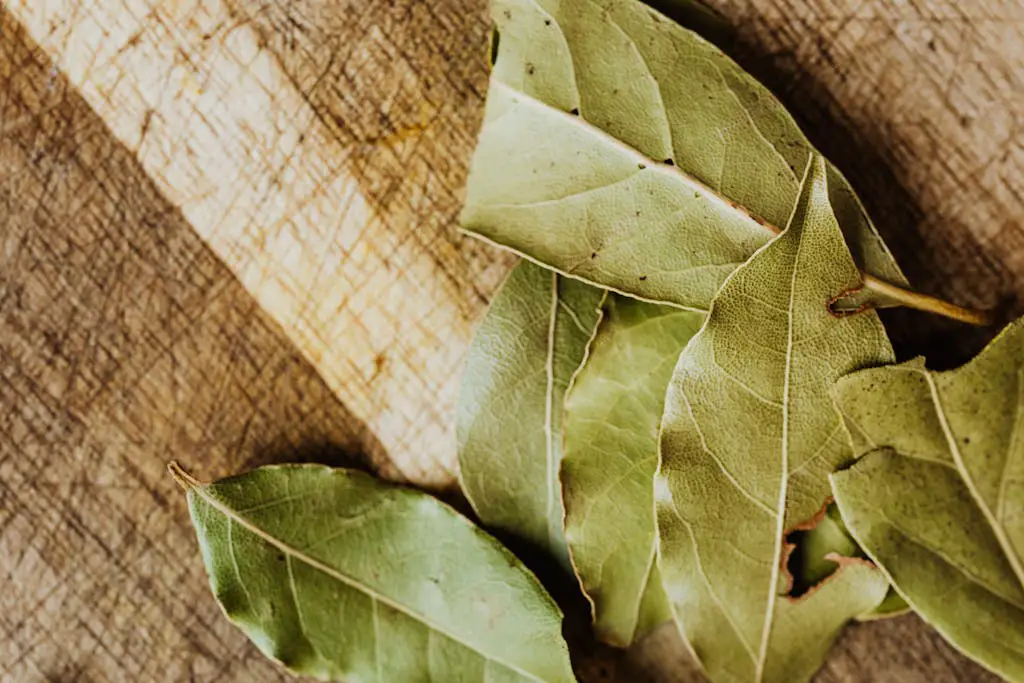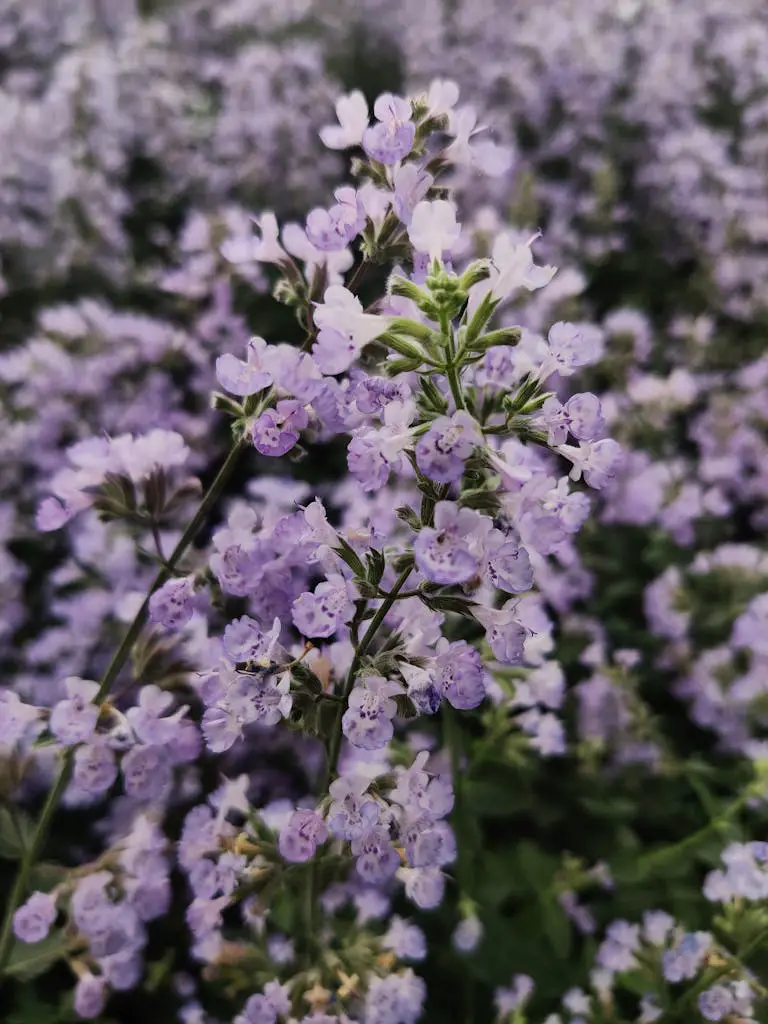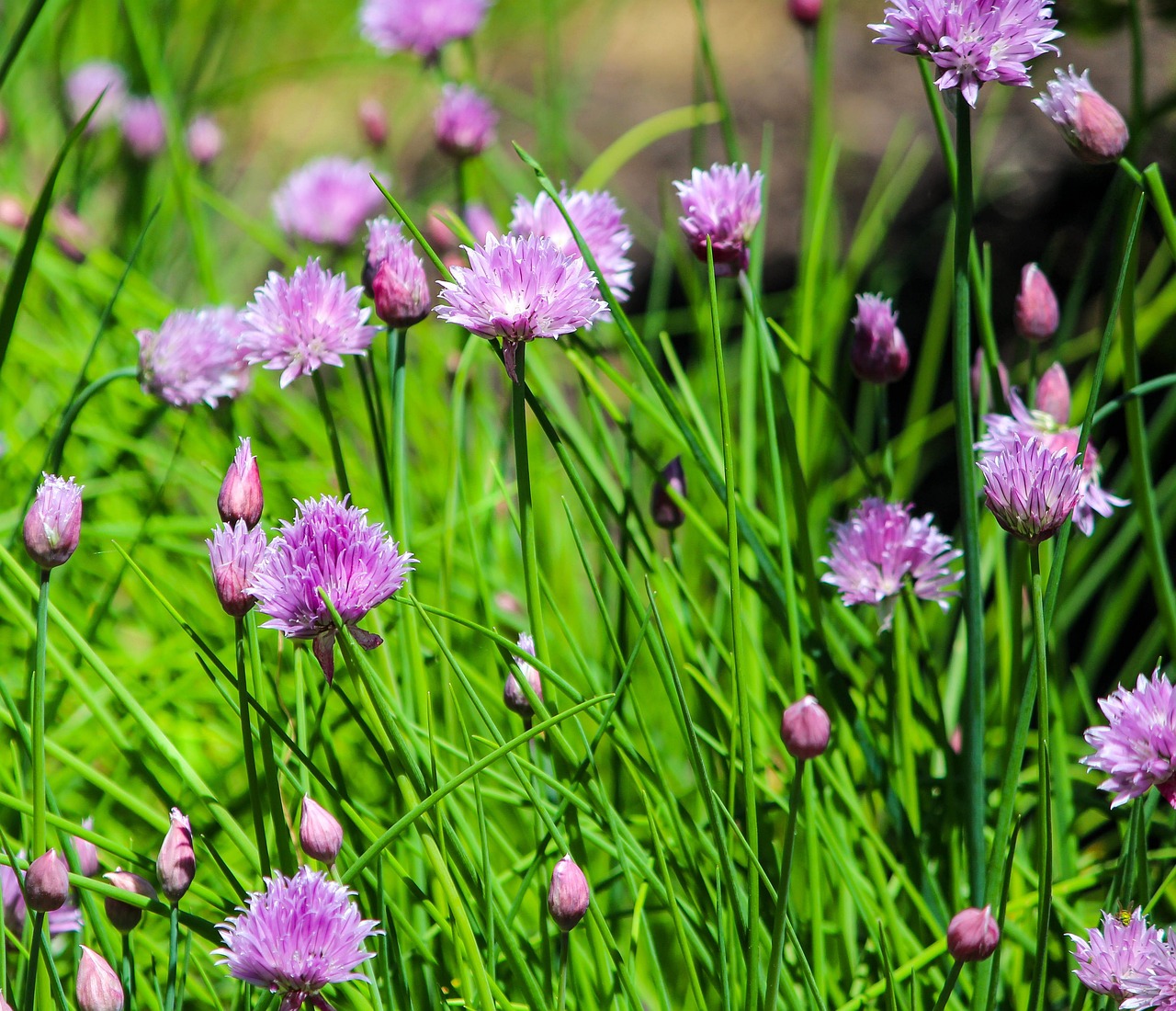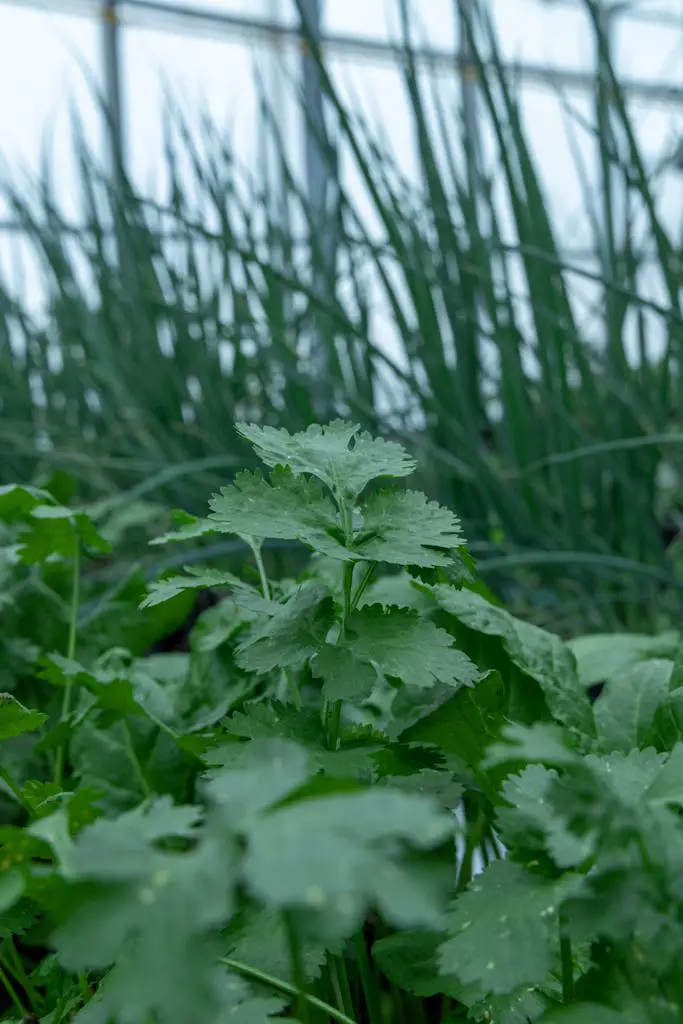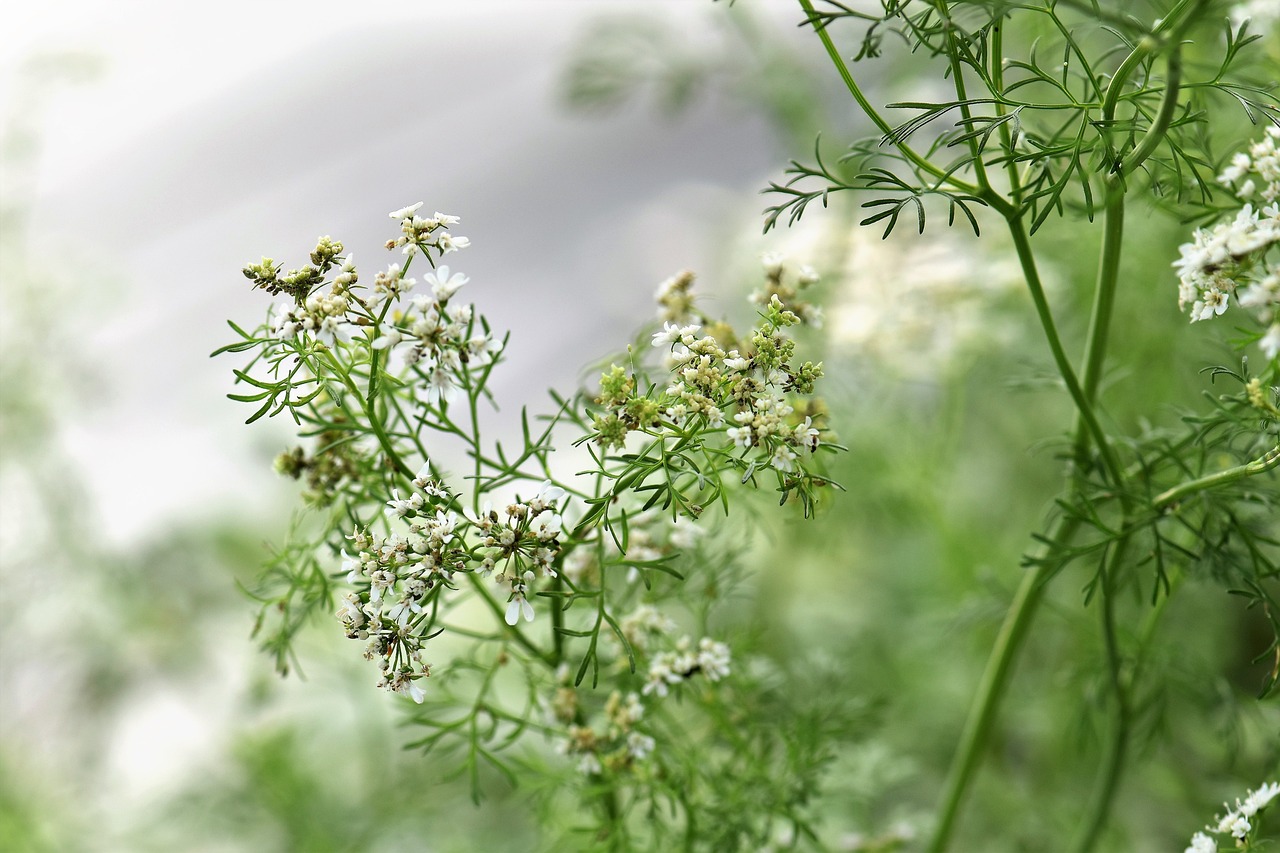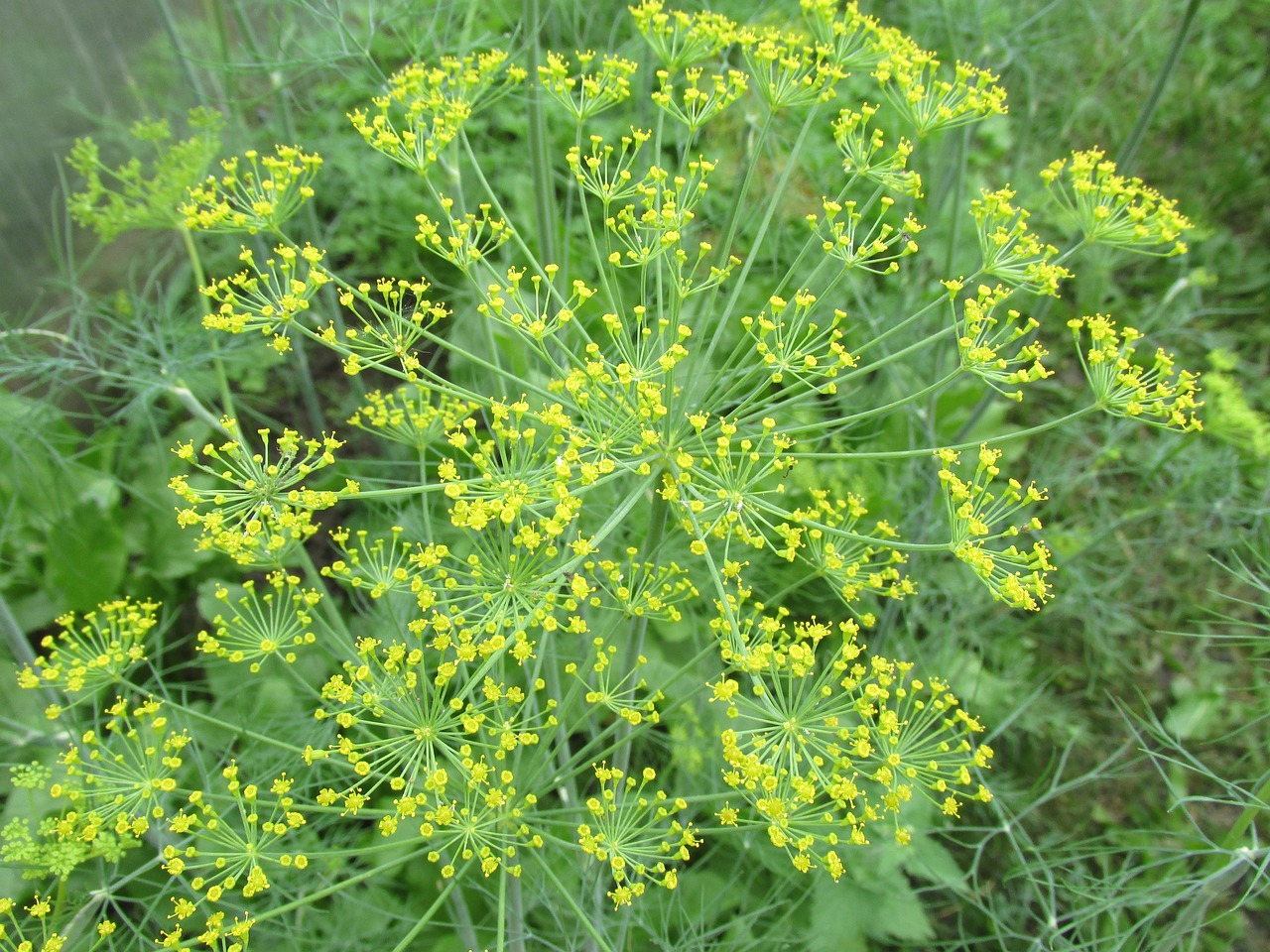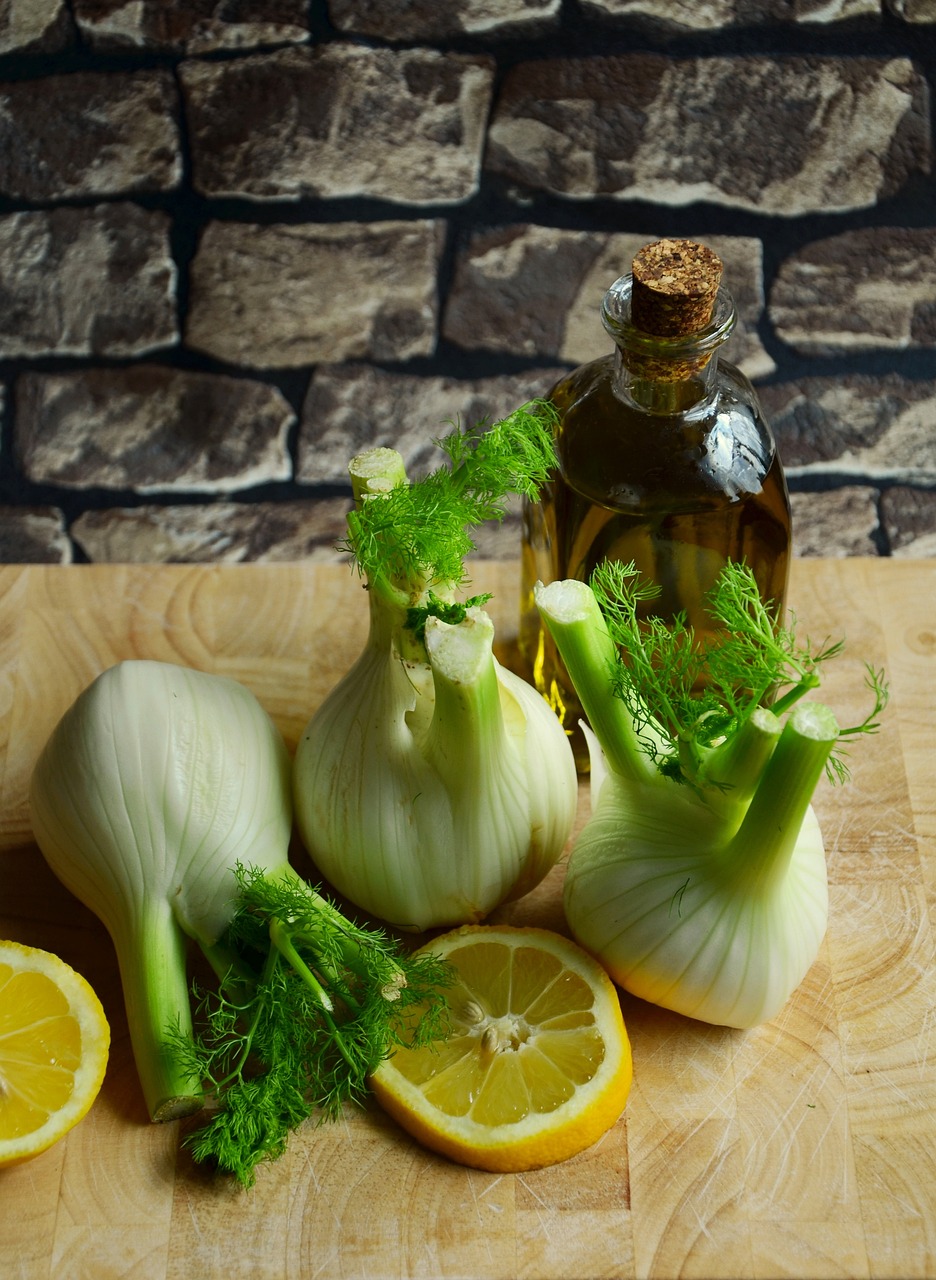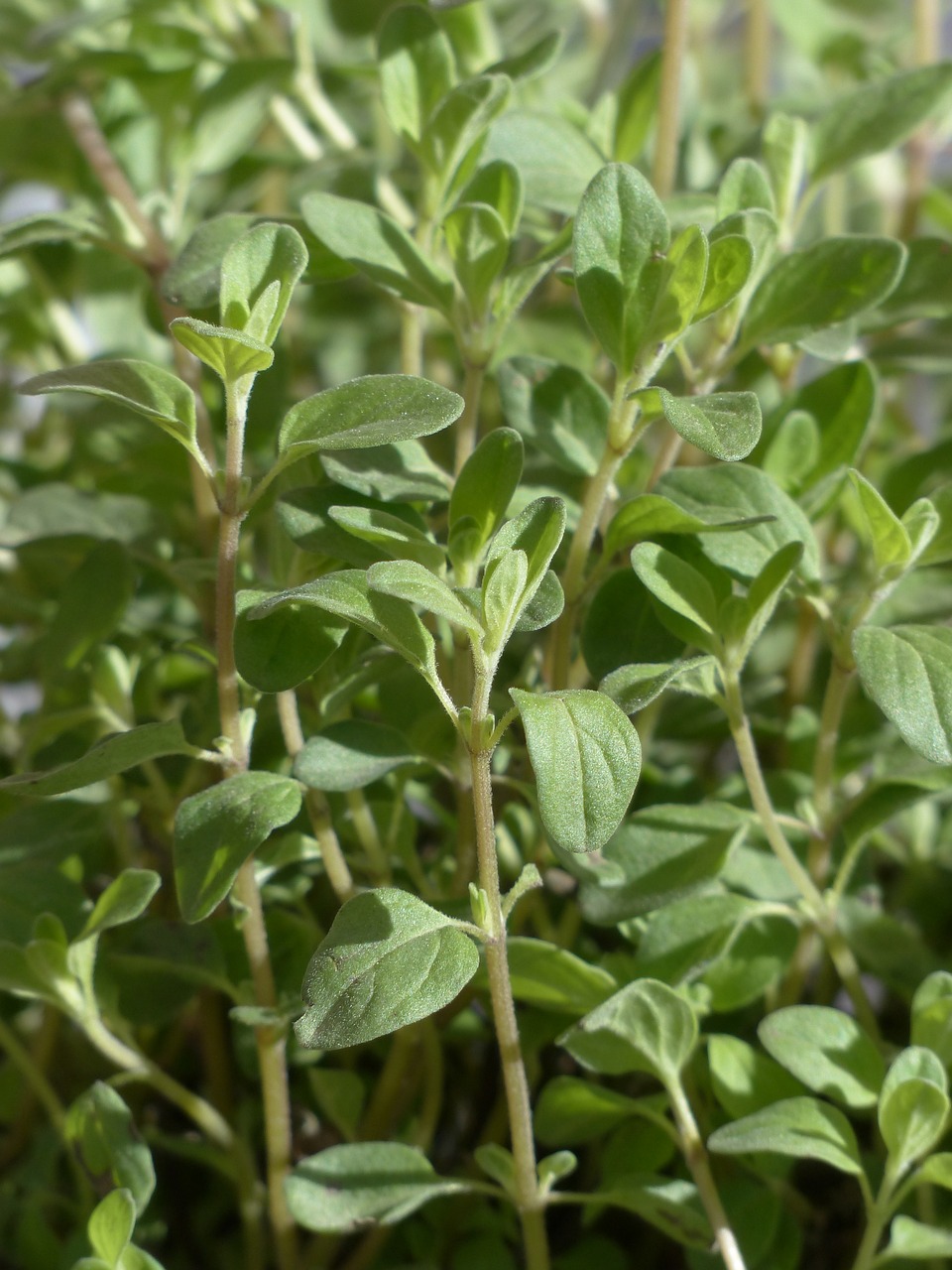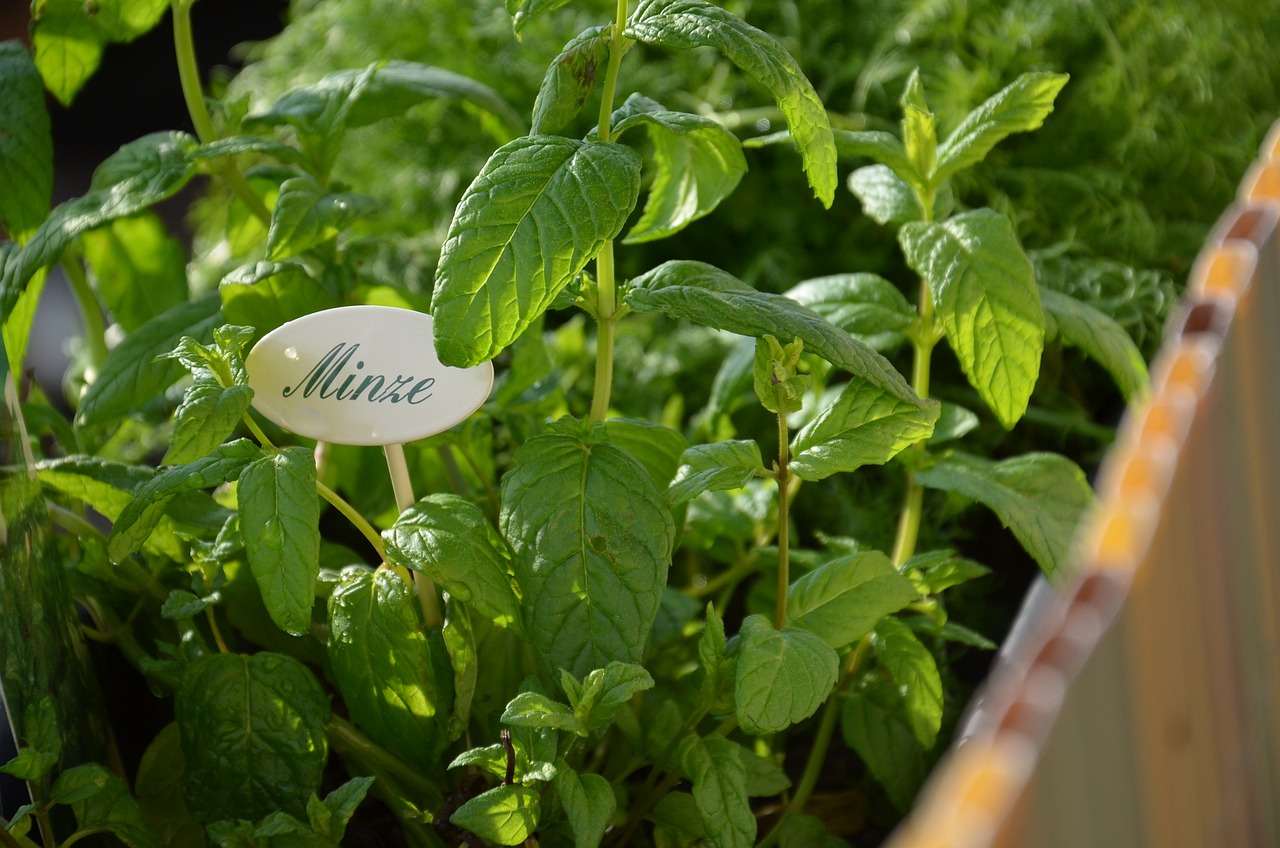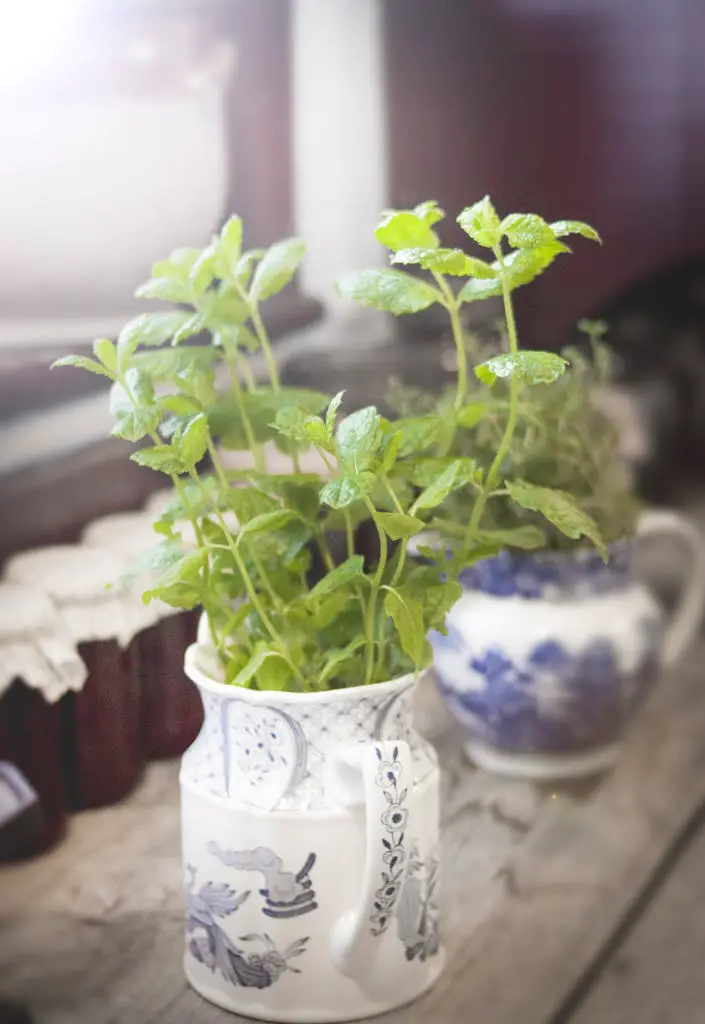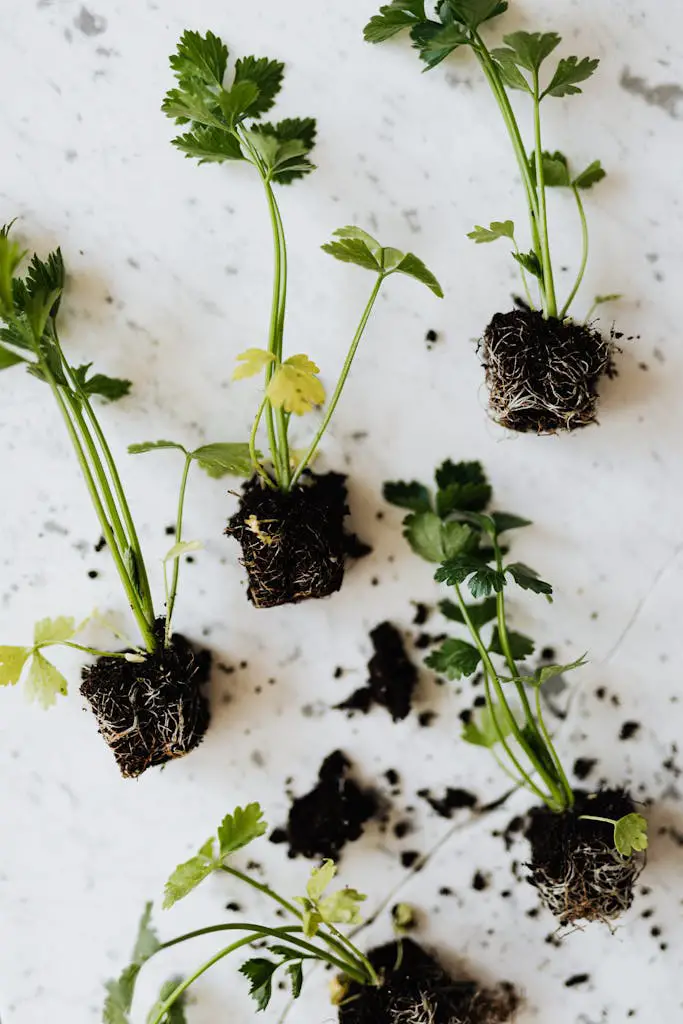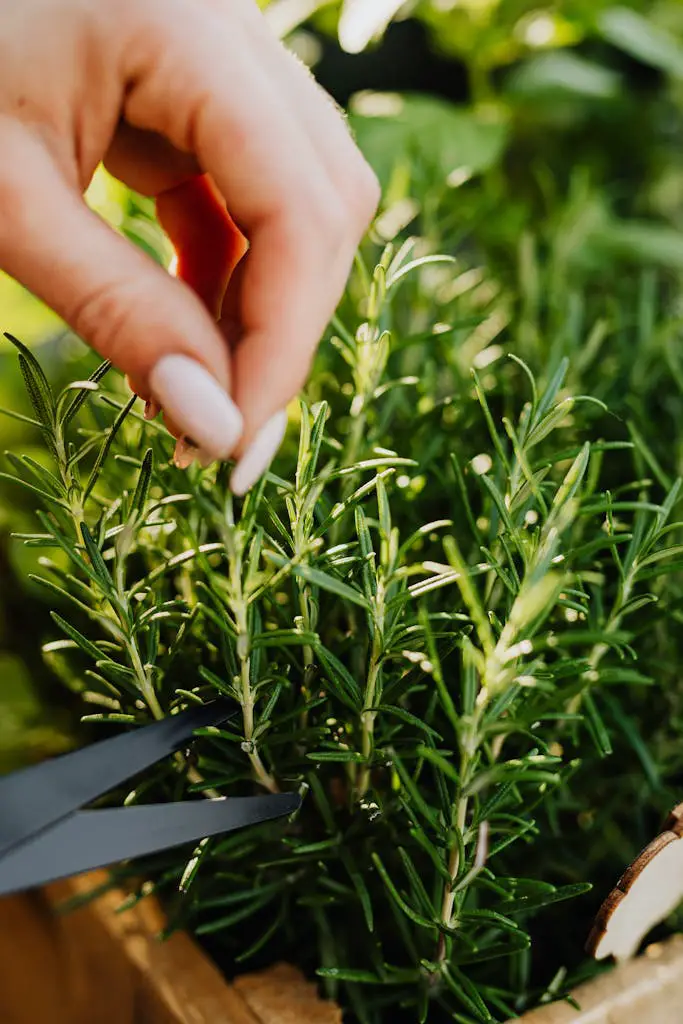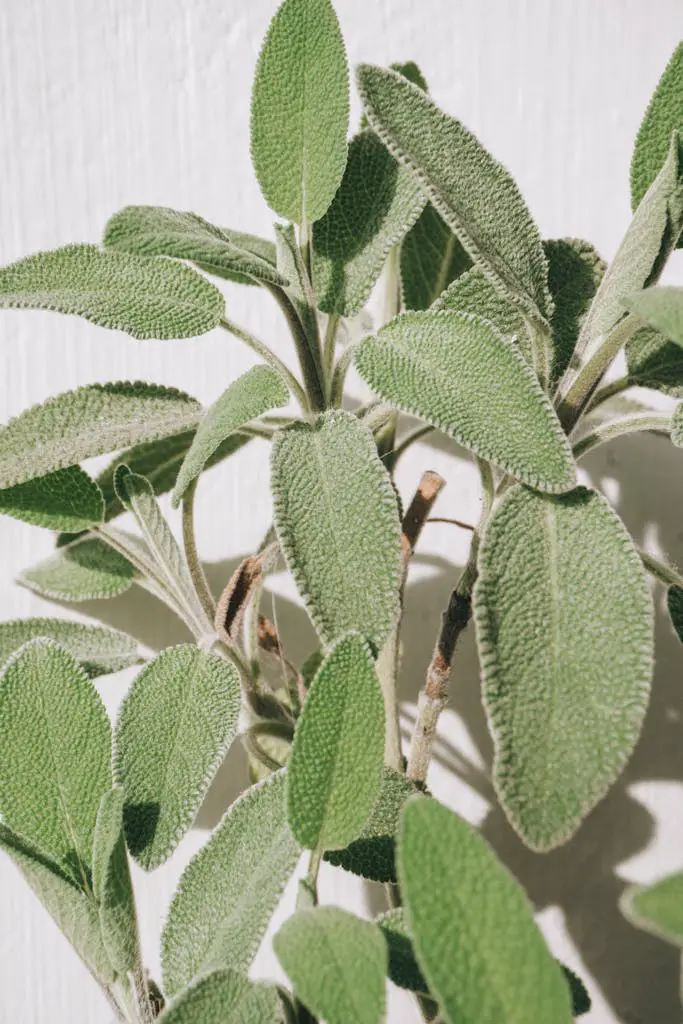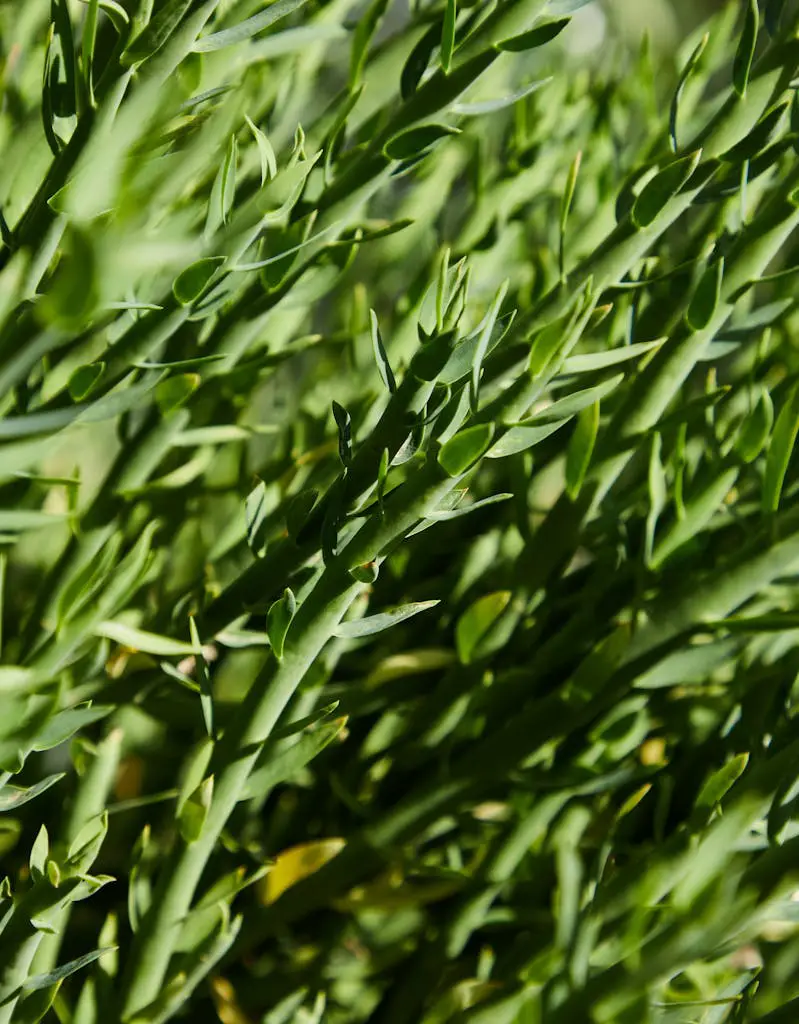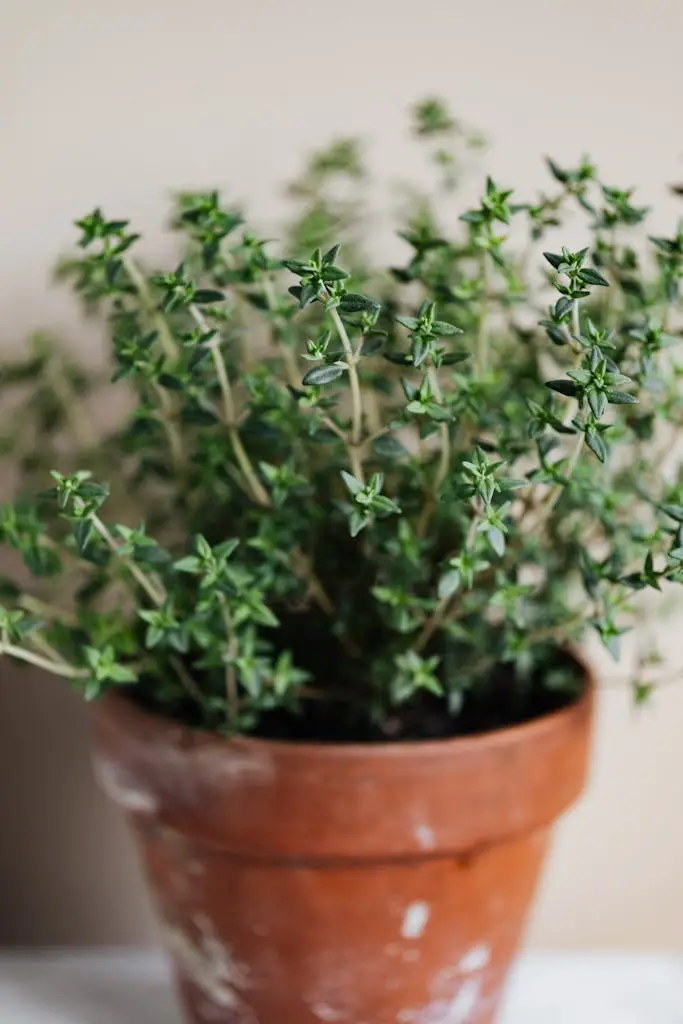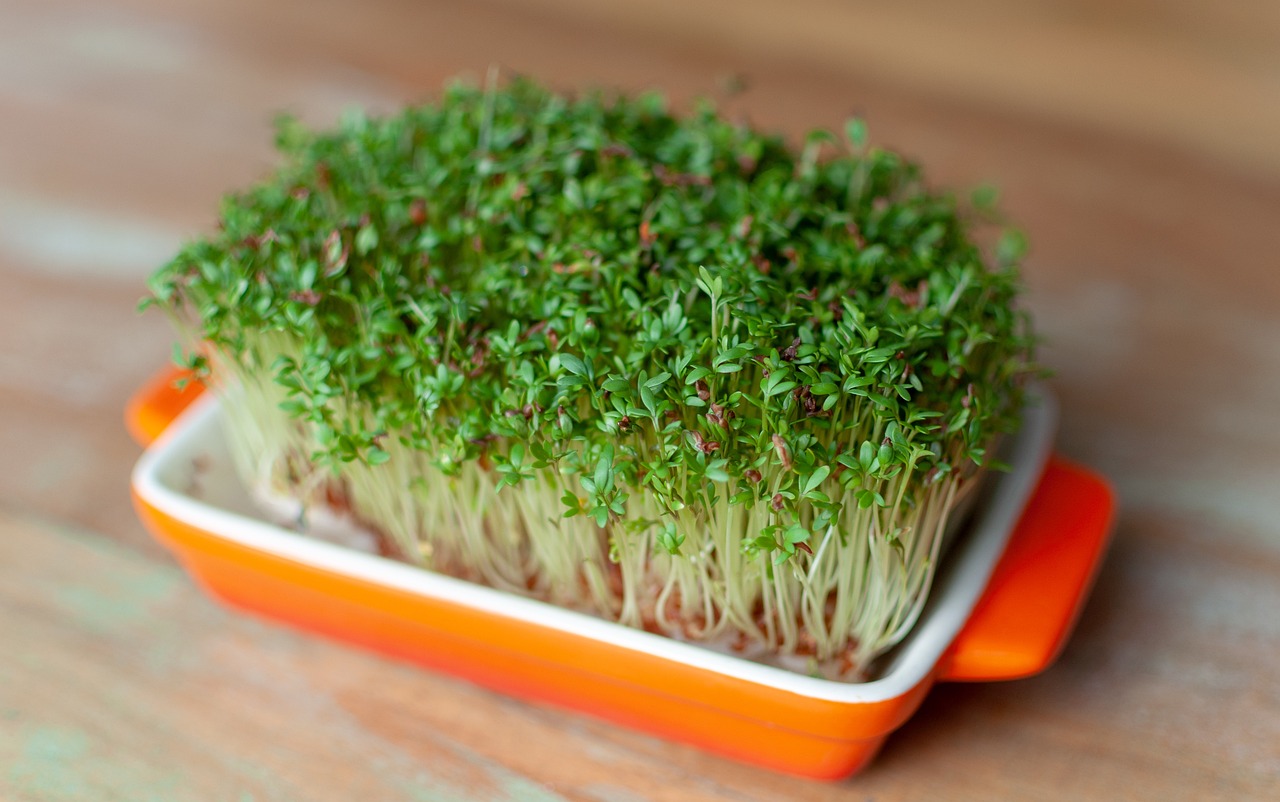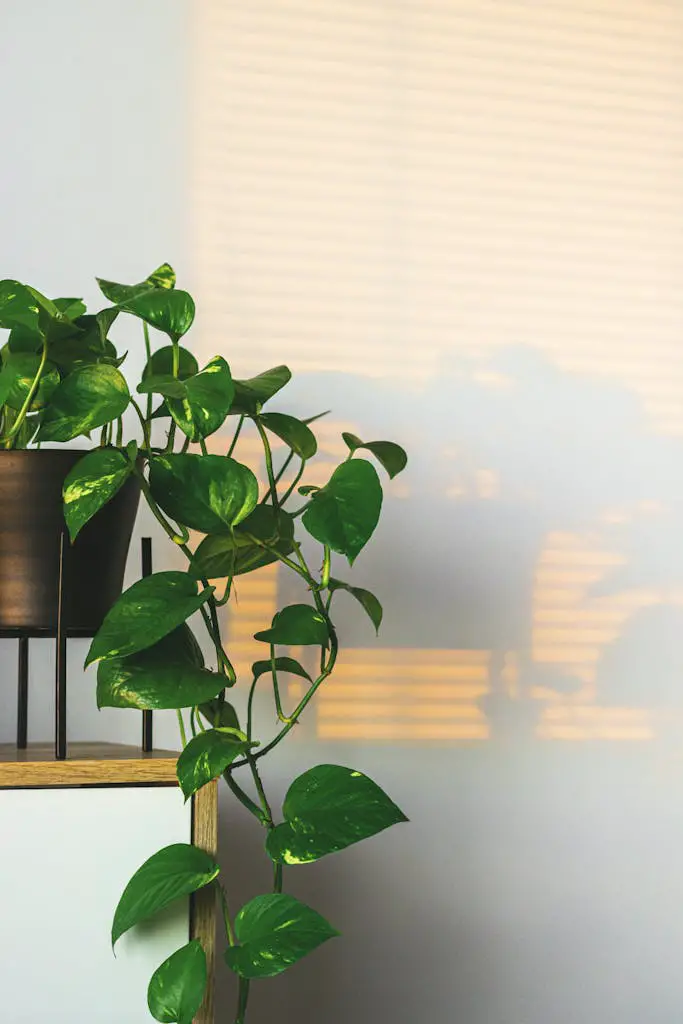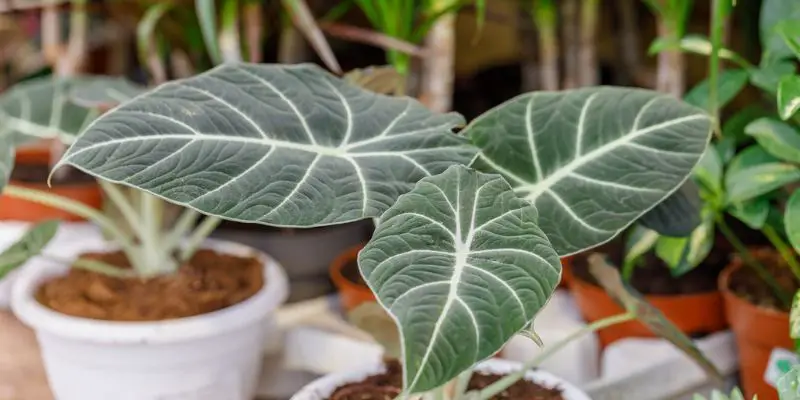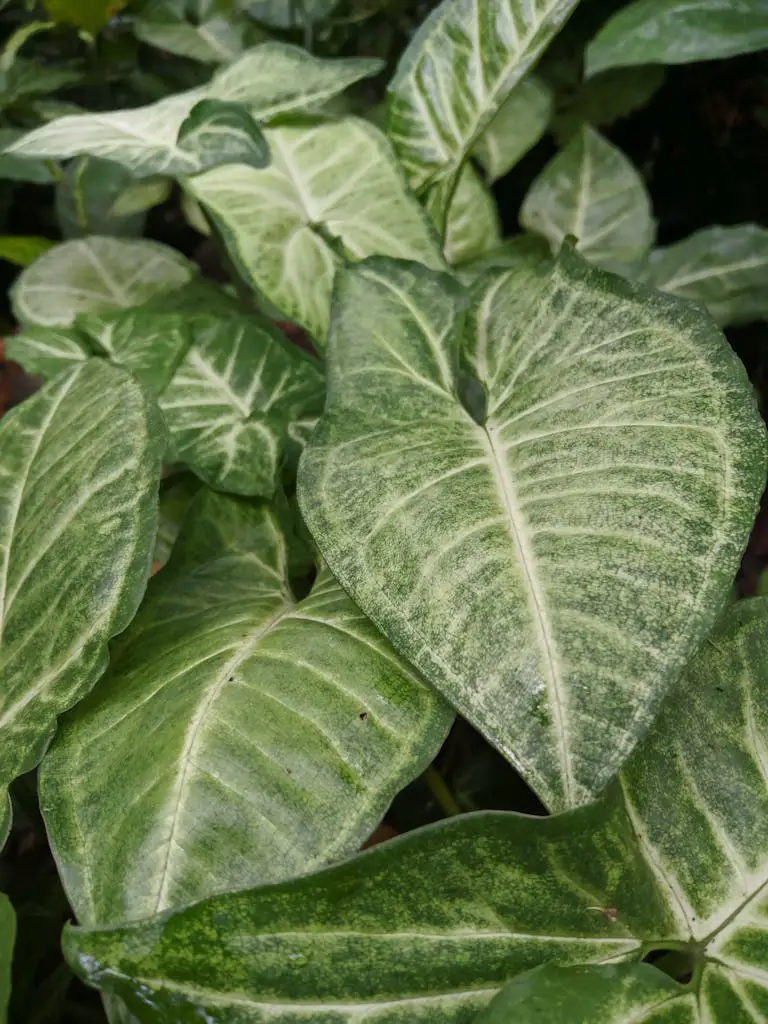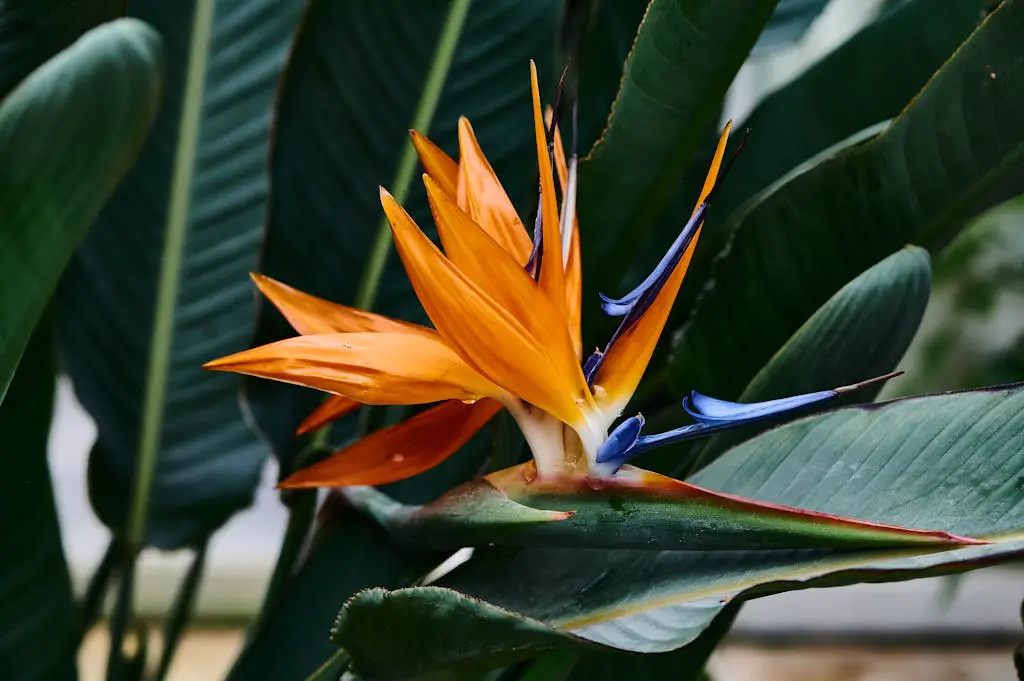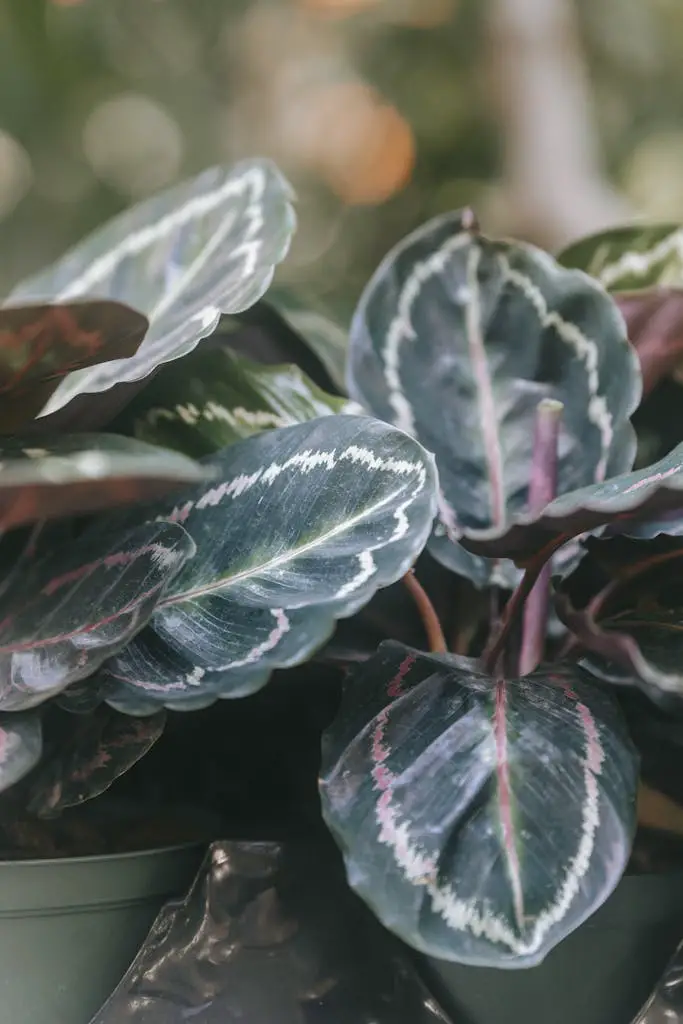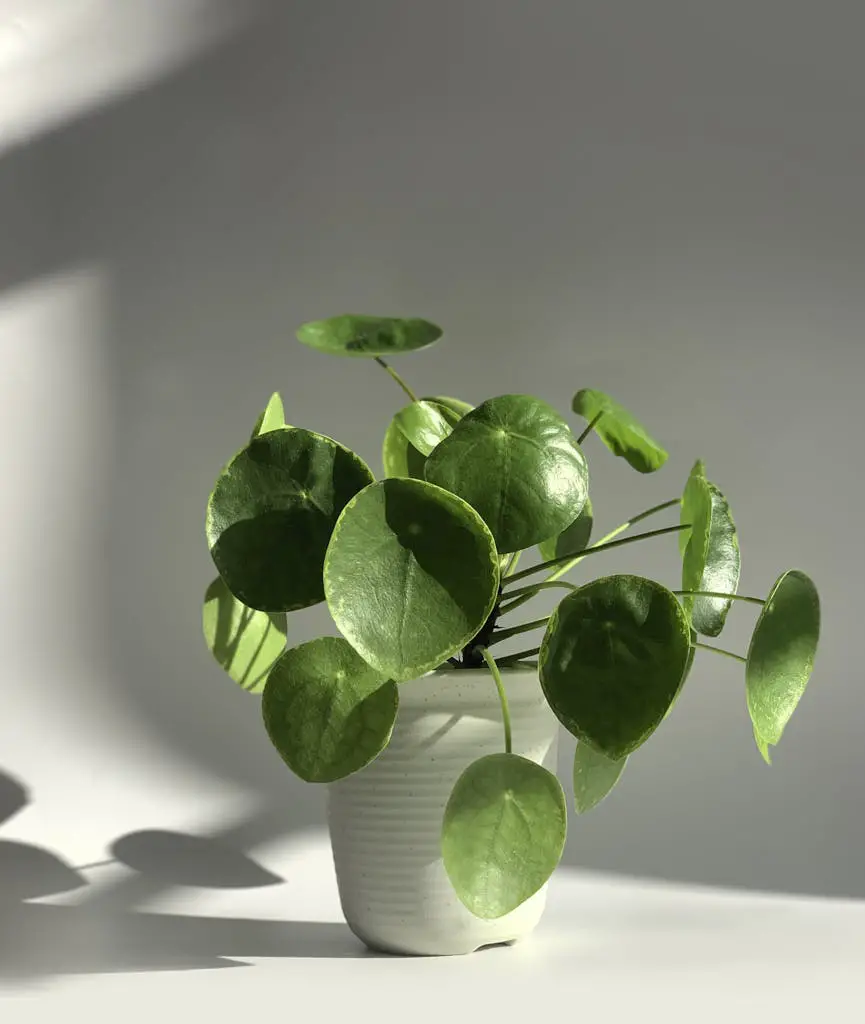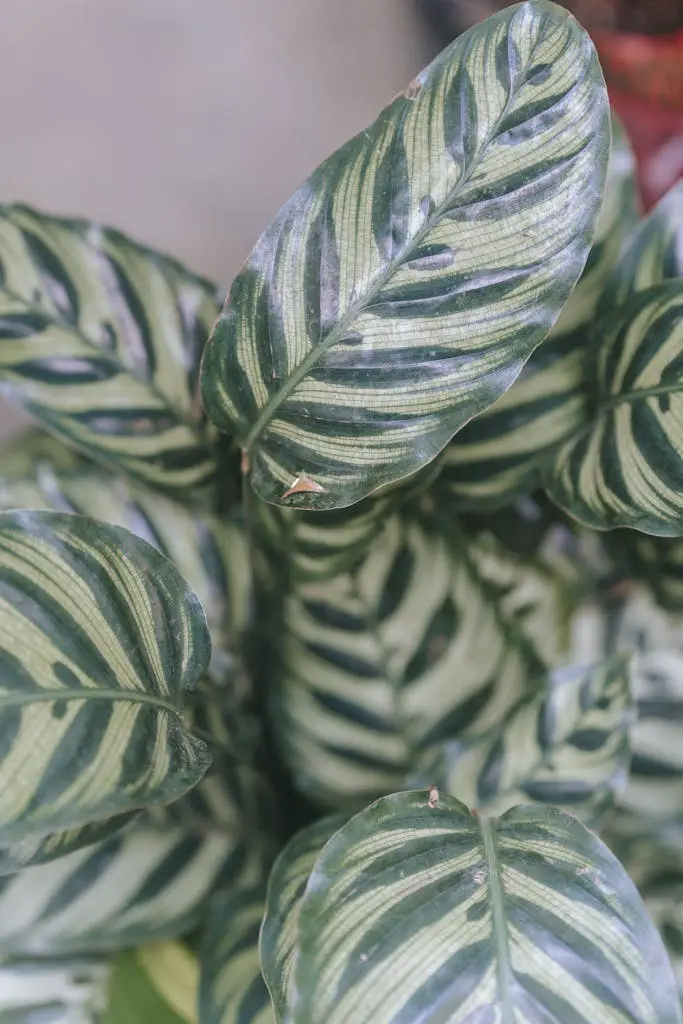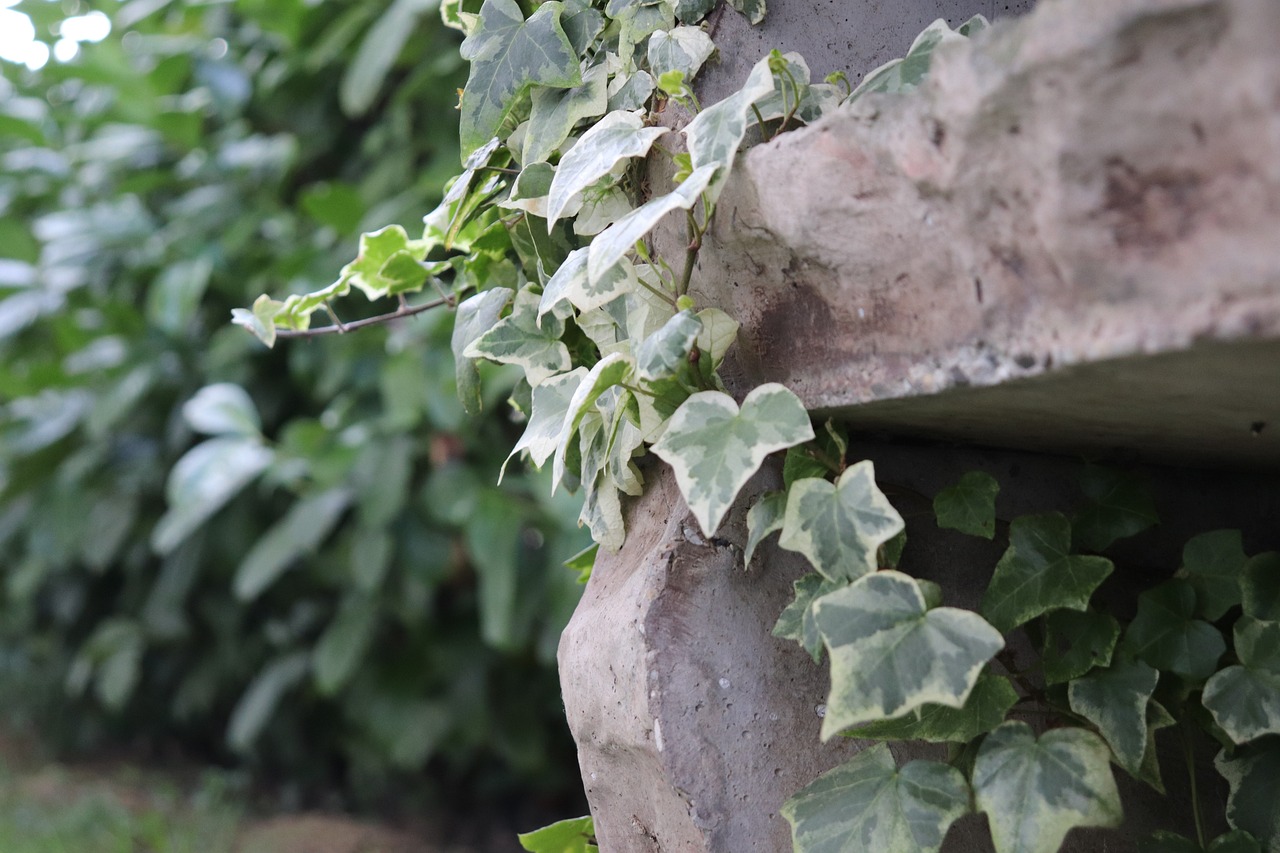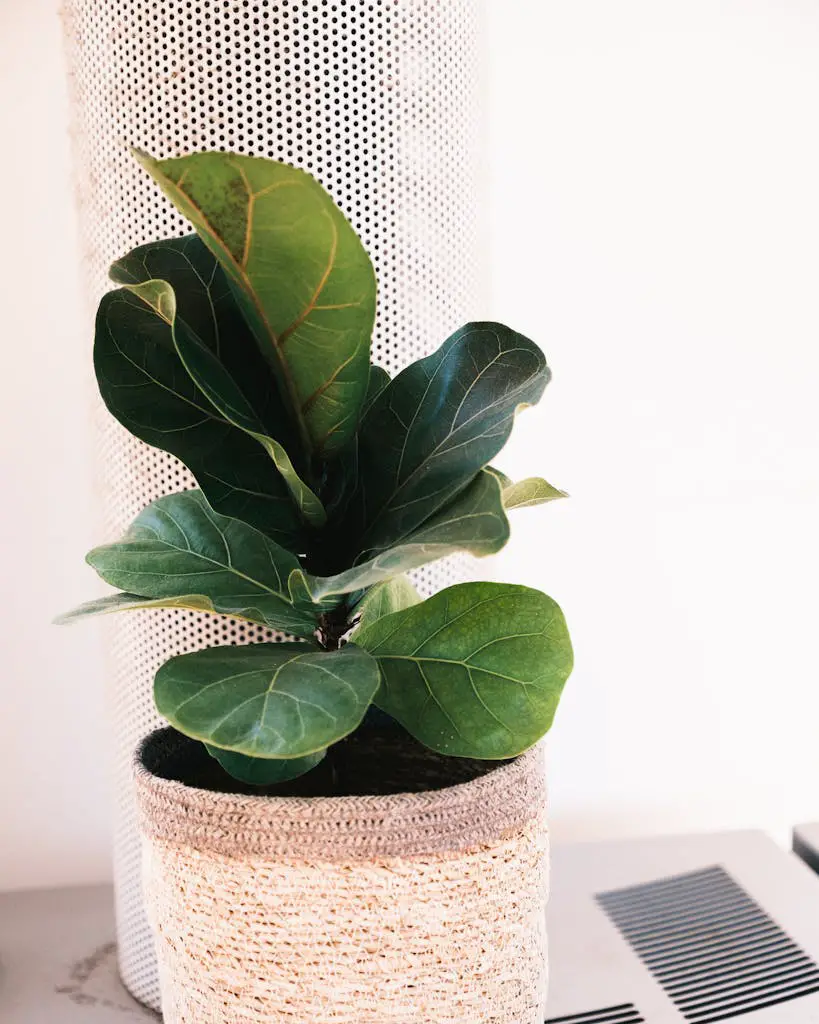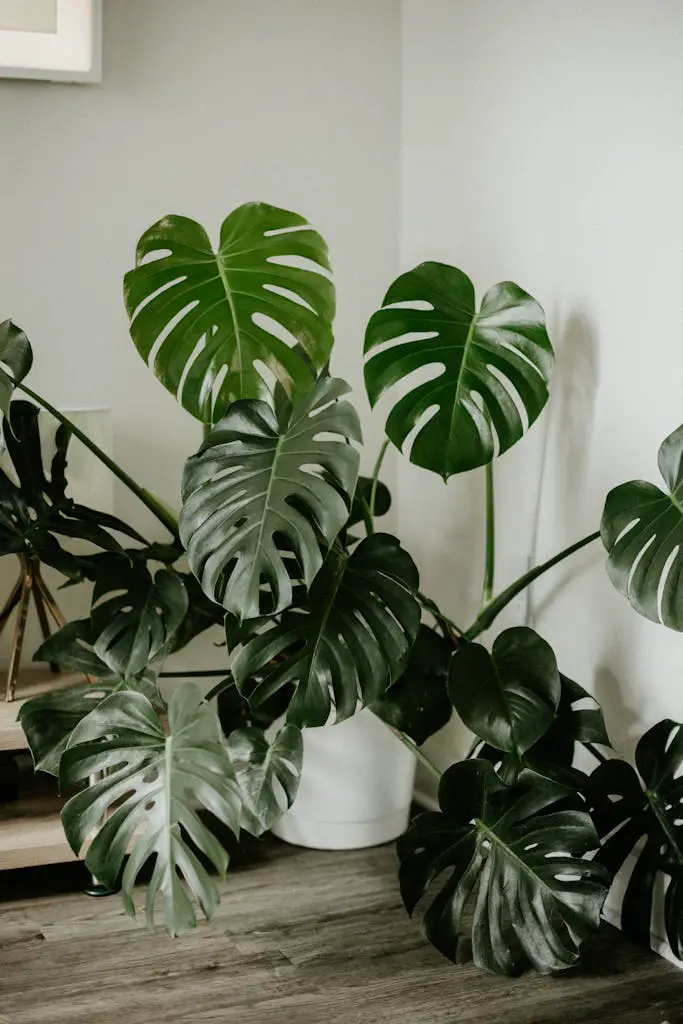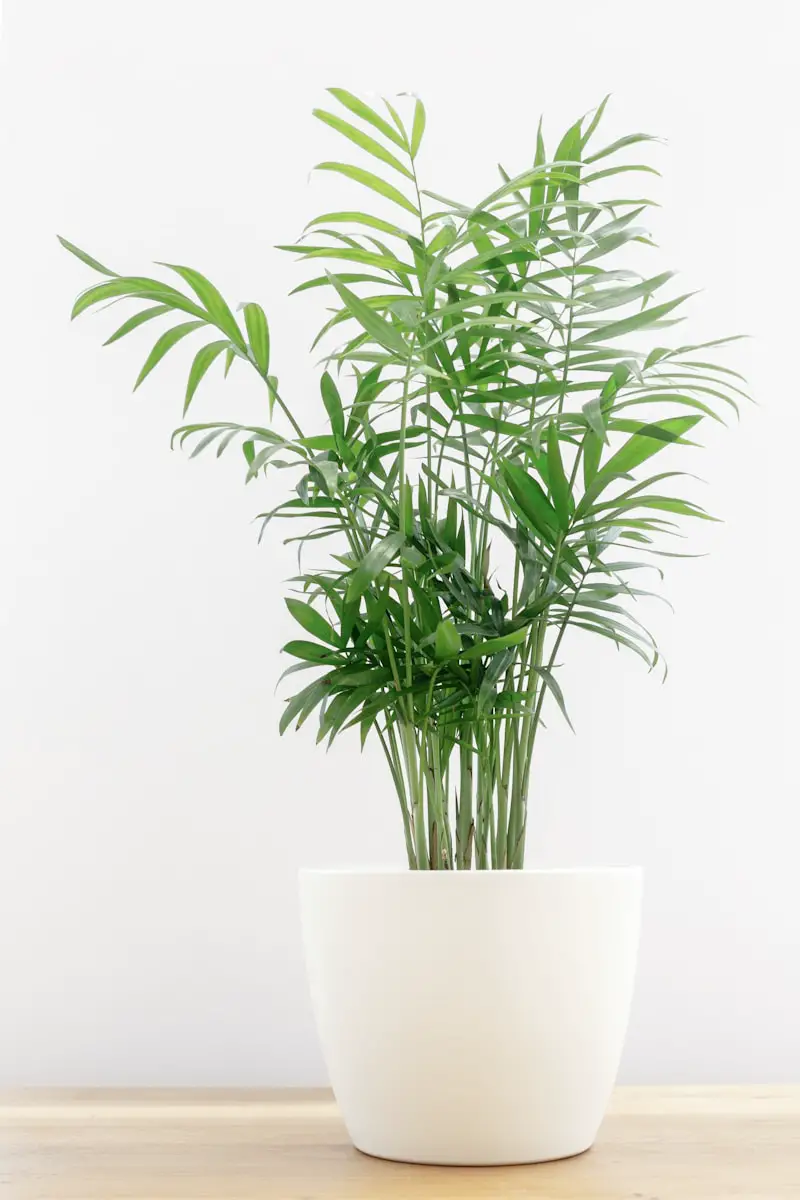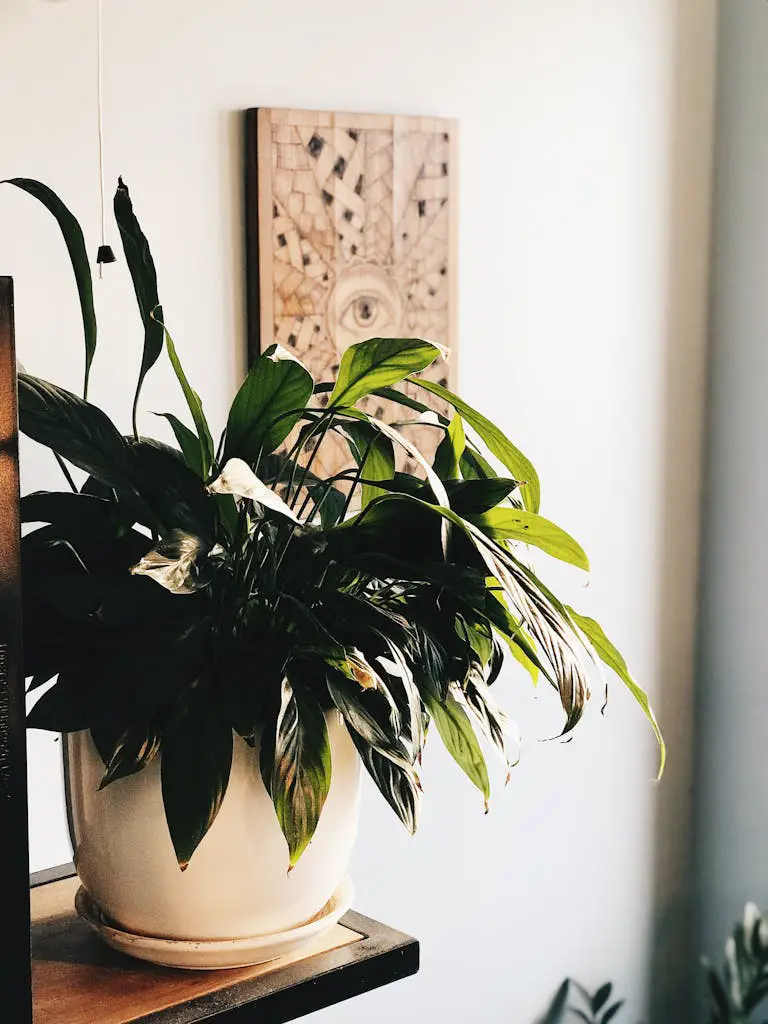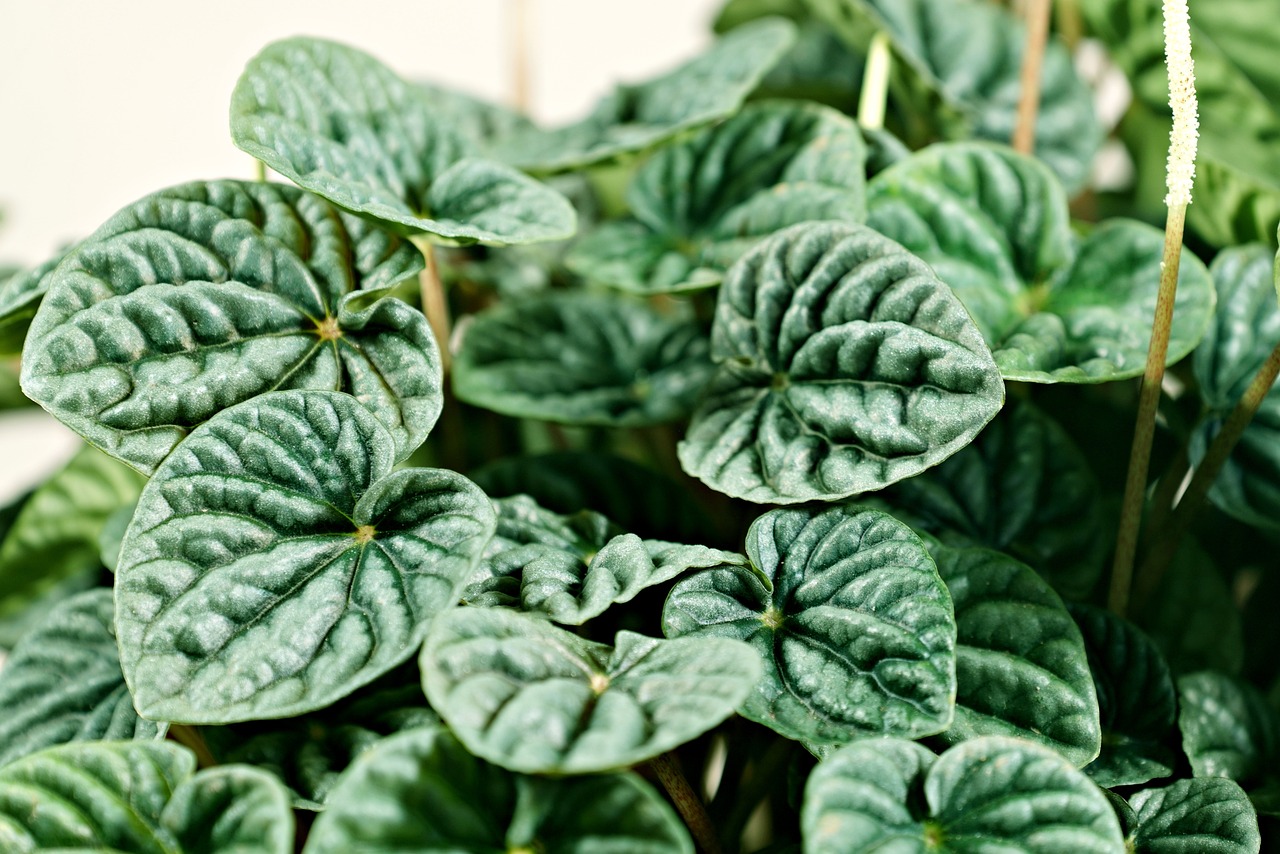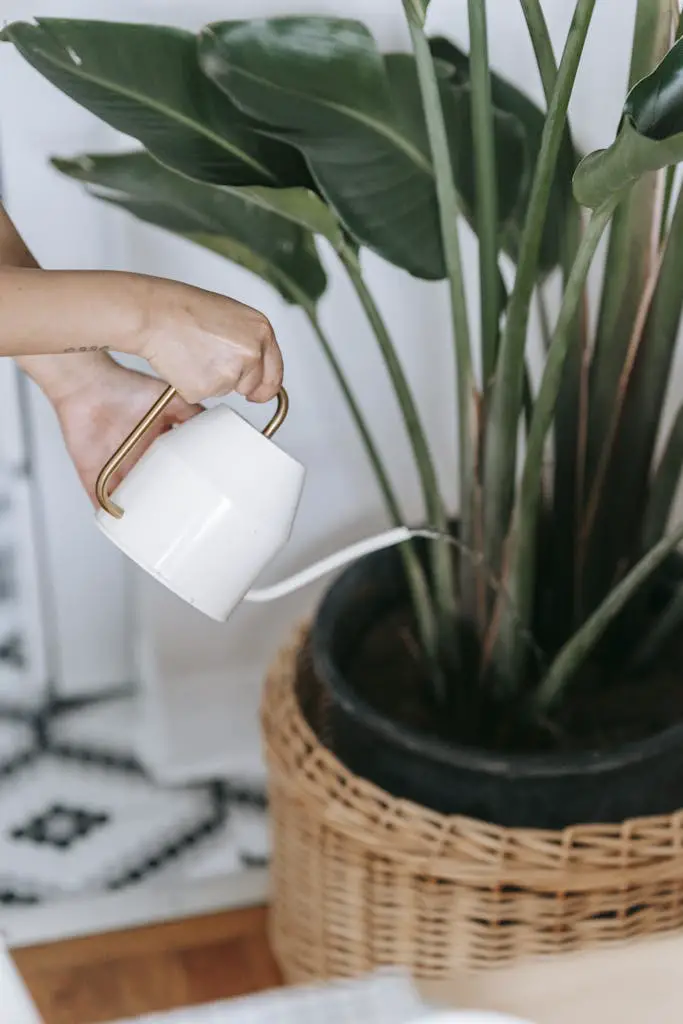
There are many varieties of plants that can be grown successfully indoors
What types of plants can be grown indoors?
A wide variety of plants can be grown indoors, ranging from ornamental foliage plants to herbs, vegetables, and even some fruiting plants. Here are some examples of plants that thrive indoors:

Foliage Plants
- Spider Plant (Chlorophytum comosum)
- Snake Plant (Sansevieria trifasciata)
- Pothos (Epipremnum aureum)
- Peace Lily (Spathiphyllum spp.)
- Philodendron (Philodendron spp.)
- Fiddle Leaf Fig (Ficus lyrata)
- ZZ Plant (Zamioculcas zamiifolia)
- Rubber Plant (Ficus elastica)
- Chinese Evergreen (Aglaonema spp.)
- Parlor Palm (Chamaedorea elegans)
- Maidenhair Fern (Adiantum spp.)
- Croton (Codiaeum variegatum)
- Bird’s Nest Fern (Asplenium nidus)
- Dracaena (Dracaena spp.)
- Calathea (Calathea spp.)
- Peperomia (Peperomia spp.)
Succulents and Cacti
- Aloe Vera (Aloe vera)
- Jade Plant (Crassula ovata)
- Echeveria (Echeveria spp.)
- Zebra Plant (Haworthiopsis attenuata)
- Haworthia (Haworthia spp.)
- Sedum (Sedum spp.)
- Crown of Thorns (Euphorbia milii)
- Gasteria (Gasteria spp.)
- String of Pearls (Senecio rowleyanus)
- Christmas Cactus (Schlumbergera spp.)
- Bunny Ear Cactus (Opuntia microdasys)


Herbs
- Basil (Ocimum basilicum)
- Mint (Mentha spp.)
- Parsley (Petroselinum crispum)
- Thyme (Thymus spp.)
- Rosemary (Rosmarinus officinalis)
- Chives (Allium schoenoprasum)
- Oregano (Origanum vulgare)
- Sage (Salvia officinalis)
- Dill (Anethum graveolens)
- Cilantro/Coriander (Coriandrum sativum)
- Lemon Balm (Melissa officinalis)
- Stevia (Stevia rebaudiana)
- Chamomile (Matricaria chamomilla)
- Lemon Grass (Cymbopogon citratus)
Vegetables
- Cherry Tomatoes (Solanum lycopersicum var. cerasiforme)
- Bell Peppers (Capsicum annuum)
- Lettuce (Lactuca sativa)
- Spinach (Spinacia oleracea)
- Microgreens (Various species)
- Green onions/scallions (Allium fistulosum)
- Bell peppers (Capsicum annuum)
- Microgreens (Various species such as lettuce, kale, radish, etc.)
- Cherry tomatoes (Solanum lycopersicum var. cerasiforme)
- Dwarf varieties of leafy greens (e.g., lettuce, spinach)
- Carrots (Daucus carota)
- Radishes (Raphanus sativus)
- Peas (Pisum sativum)
- Beans (Phaseolus vulgaris)
- Heriloom or miniature varieties of cucumbers or zucchinis


Fruiting Plants
- Dwarf Citrus Trees (Citrus spp.)
- Dwarf Banana (Musa spp.)
- Strawberries (Fragaria spp.)
- Fig Trees (Ficus carica)
- Dwarf Blueberry (Vaccinium spp.)
- Pineapple (Ananas comosus)
- Avocado (Persea americana)
- Papaya (Carica papaya)
- Passionfruit (Passiflora edulis)
- Kiwi (Actinidia spp.)
Orchids
- Phalaenopsis Orchid (Phalaenopsis spp.)
- Dendrobium Orchid (Dendrobium spp.)
- Oncidium Orchid (Oncidium spp.)
- Cattleya Orchid (Cattleya spp.)
- Paphiopedilum Orchid (Paphiopedilum spp.)
- Brassia Orchid (Brassia spp.)
- Masdevallia Orchid (Masdevallia spp.)
- Phaius Orchid (Phaius spp.)
- Epidendrum Orchid (Epidendrum spp.)


Bromeliads
- Guzmania (Guzmania spp.)
- Aechmea (Aechmea spp.)
- Neoregelia (Neoregelia spp.)
- Tillandsia (Tillandsia spp.)
- Billbergia (Billbergia spp.)
- Cryptanthus (Cryptanthus spp.)
- Nidularium (Nidularium spp.)
- Pitcairnia (Pitcairnia spp.)
Air Plants (Tillandsia)
- Tillandsia ionantha
- Tillandsia stricta
- Tillandsia capitata
- Tillandsia xerographica
- Tillandsia brachycaulos
- Tillandsia aeranthos
- Tillandsia funckiana
- Tillandsia streptophylla
- Tillandsia tectorum
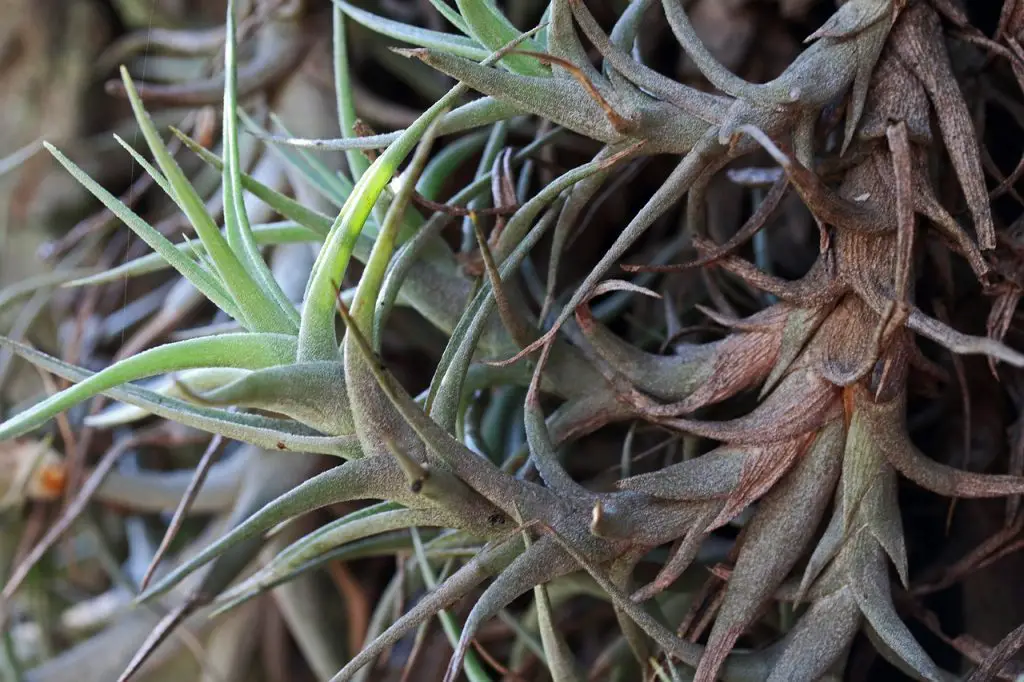
These are just a few examples, and there are many more plants suitable for indoor cultivation. When selecting plants for indoor growing, consider factors such as light conditions, space availability, and care requirements to ensure the plants thrive in their indoor environment.
Benefits of Growing Herbs Indoors
Growing herbs indoors offers numerous benefits, making it a rewarding and practical endeavor for many home gardeners. Firstly, indoor herb gardens provide convenient access to fresh, flavorful herbs year-round, regardless of seasonal limitations. Having herbs readily available in the kitchen encourages culinary experimentation, allowing cooks to enhance their dishes with vibrant, homegrown flavors. Additionally, growing herbs indoors ensures that they are free from pesticides and contaminants, promoting healthier eating habits and culinary experiences.
Indoor herb gardening can be a therapeutic and stress-relieving activity, offering a sense of satisfaction and connection with nature even in urban or limited-space environments. Tending to herbs indoors provides a calming and nurturing outlet for individuals seeking to unwind and reconnect with the natural world amid the hustle and bustle of modern life. Moreover, indoor herb gardens contribute to air purification and indoor air quality, as many herbs possess natural air-purifying properties, helping to create a fresher and more enjoyable indoor environment. Overall, growing herbs indoors is a fulfilling and beneficial pursuit that enhances culinary creativity, promotes well-being, and contributes to a healthier living space.
PlantsDiscover Herb Guides
How to Grow and Care for Basil (Ocimum basilicum)
Origin of Basil (Ocimum basilicum) Basil (Ocimum basilicum) is believed to have originated in the re…
How to Grow and Care for Bay Laurel (Laurus nobilis)
Origin of Bay Laurel (Laurus nobilis) Bay Laurel (Laurus nobilis) is native to the Mediterranean reg…
How to Grow and Care for Catnip (Nepeta cataria)
Origin of Catnip (Nepeta cataria) Catnip (Nepeta cataria) is native to Europe and Asia, where it has…
How to Grow and Care for Chives (Allium schoenoprasum)
Origin of Chives (Allium schoenoprasum) Chives (Allium schoenoprasum) are native to Europe and Asia,…
How to Grow and Care for Cilantro (Coriandrum sativum)
Origin of Cilantro (Coriandrum sativum) Cilantro (Coriandrum sativum) has ancient origins, believed …
How to Grow and Care for Coriander (Coriandrum sativum)
Origin of Coriander (Coriandrum sativum) Coriander (Coriandrum sativum) is believed to have originat…
How to Grow and Care for Dill (Anethum graveolens)
Origin of Dill (Anethum graveolens) Dill is believed to have originated in the Mediterranean region,…
How to Grow and Care for Fennel (Foeniculum vulgare)
Origin of Fennel (Foeniculum vulgare) Fennel (Foeniculum vulgare) is believed to have originated in …
How to Grow and Care for Marjoram (Origanum majorana)
Origin of Marjoram (Origanum majorana) Marjoram (Origanum majorana) is native to the Mediterranean r…
How to Grow and Care for Mint (Mentha spp.)
Origin of Mint Mint, belonging to the genus Mentha, is native to Europe, Asia, and Africa. It has a …
How to Grow and Care for Oregano (Origanum vulgare)
Origin of Oregano (Origanum vulgare) Oregano (Origanum vulgare) is believed to have originated in th…
How to Grow and Care for Parsley (Petroselinum crispum)
Origin of Parsley (Petroselinum crispum) Parsley (Petroselinum crispum) is believed to have originat…
How to Grow and Care for Rosemary (Rosmarinus officinalis)
Origin of Rosemary (Rosmarinus officinalis) Rosemary (Rosmarinus officinalis) is native to the Medit…
How to Grow and Care for Sage (Salvia officinalis)
Origin of Sage (Salvia officinalis) Sage (Salvia officinalis) is believed to have originated in the …
How to Grow and Care for Tarragon (Artemisia dracunculus)
Origin of Tarragon (Artemisia dracunculus) Tarragon (Artemisia dracunculus) is believed to have orig…
How to Grow and Care for Thyme (Thymus vulgaris)
Origin of Thyme (Thymus vulgaris) Thyme (Thymus vulgaris) is native to the Mediterranean region and …
How to Grow and Care for Watercress (Nasturtium officinale)
Origin of Watercress (Nasturtium officinale) Watercress (Nasturtium officinale) is believed to have …
Benefits of Growing Fruits and Vegetables Indoors
Growing fruits and vegetables indoors offers numerous benefits, making it an attractive option for many home gardeners. Firstly, indoor gardening allows for year-round cultivation, independent of seasonal changes and outdoor weather conditions. By providing a controlled environment, indoor growers can extend the growing season, ensuring a constant supply of fresh, homegrown produce regardless of outdoor weather conditions. This not only reduces reliance on store-bought produce but also provides the opportunity to cultivate a wider variety of crops that may not be suitable for outdoor growing in certain climates. Additionally, indoor gardening enables urban dwellers or those with limited outdoor space to engage in gardening and enjoy the satisfaction of harvesting their own crops, contributing to a sense of self-sufficiency and connection with nature.
Indoor fruit and vegetable gardening offers the advantage of greater control over growing conditions, leading to healthier plants and higher yields. Indoor environments allow growers to regulate factors such as temperature, humidity, light, and soil composition, optimizing conditions for plant growth and productivity. With the use of grow lights, hydroponic systems, or specialized containers, indoor gardeners can create tailored environments that meet the specific plant’s needs and optimizing conditions for fruit development and flavor. This level of control minimizes exposure to pests, diseases, and adverse weather events, reducing the likelihood of crop failure and increasing overall success rates. Indoor fruit and vegetable gardening promotes sustainability by reducing the carbon footprint associated with store-bought fruits and encouraging organic cultivation practices that prioritize environmental stewardship.
Growing Succulents and Cacti Indoors
Growing succulents and cacti indoors offers several benefits, making them popular choices for indoor gardening enthusiasts. These plants are well-suited to indoor environments due to their low maintenance requirements and ability to thrive in dry conditions. Succulents and cacti have evolved to store water in their fleshy leaves or stems, allowing them to withstand periods of drought and requiring infrequent watering. This makes them ideal for individuals with busy lifestyles or those who may forget to water their plants regularly. Additionally, succulents and cacti come in a wide range of shapes, sizes, and colors, providing endless possibilities for creative indoor displays that can add aesthetic appeal to any room.
Indoor cultivation allows for year-round enjoyment of succulents and cacti, regardless of outdoor climate conditions. By providing suitable indoor conditions such as bright, indirect sunlight and well-draining soil, growers can create optimal environments for these plants to thrive. Indoor environments also offer protection from extreme temperatures, pests, and diseases, reducing the risk of damage to the plants. Furthermore, growing succulents and cacti indoors provides the opportunity for individuals living in urban or limited-space environments to engage in gardening and enjoy the therapeutic benefits of nurturing living plants. Whether used as decorative accents or focal points in indoor landscapes, succulents and cacti can bring a touch of nature into any indoor space, promoting a sense of tranquility and well-being.
Growing Air Plants Indoors
Growing air plants indoors offers unique and aesthetic benefits, making them popular choices for indoor gardening enthusiasts. These plants, also known as Tillandsia, require minimal maintenance and no soil, making them versatile additions to indoor spaces. Air plants absorb moisture and nutrients through their leaves, allowing them to thrive in a variety of environments. Indoor growers can display air plants creatively, mounting them on driftwood, placing them in decorative containers, or hanging them in terrariums, adding visual interest and natural beauty to any room. With their striking foliage and unusual growth habits, air plants serve as captivating conversation pieces and can enhance the overall ambiance of indoor spaces.
By providing adequate light, air circulation, and occasional misting or soaking, growers can create optimal conditions for air plant health and vitality. Indoor environments offer protection from extreme temperatures, pests, and diseases, ensuring that air plants remain healthy and thriving year-round. Growing air plants indoors provides an opportunity for individuals living in urban or limited-space environments to engage in gardening and enjoy the therapeutic benefits of nurturing living plants. Whether used as standalone accents or incorporated into larger indoor displays, air plants can bring a touch of nature into any indoor space, fostering a sense of tranquility and connection with the natural world.
Growing Foliage Plants Indoors
Growing foliage plants indoors offers numerous benefits, making them popular choices for indoor gardening enthusiasts. These plants are prized for their lush green foliage, which adds beauty and vitality to indoor spaces while also purifying the air. Foliage plants come in a wide range of shapes, sizes, and textures, allowing growers to create diverse and visually appealing indoor displays. From trailing vines to bold, architectural leaves, foliage plants offer endless possibilities for enhancing the aesthetics of any room. Additionally, indoor cultivation allows for year-round enjoyment of foliage plants, independent of seasonal changes. By providing suitable indoor conditions such as adequate light, appropriate humidity levels, and well-draining soil, growers can create optimal environments for foliage plant growth and health. Indoor environments also offer protection from outdoor pests and diseases, ensuring that foliage plants remain vibrant and lush throughout the year.
Moreover, growing foliage plants indoors provides numerous health benefits for occupants of indoor spaces. Research has shown that indoor plants can improve air quality by removing toxins and pollutants from the air, creating a healthier indoor environment. Foliage plants also have a calming and stress-reducing effect, promoting a sense of well-being and relaxation. By bringing nature indoors, foliage plants can help reduce feelings of stress and anxiety, enhance mood, and increase productivity. Additionally, caring for foliage plants can be a rewarding and therapeutic activity, providing a sense of accomplishment and connection with nature. Whether used as standalone accents or incorporated into larger indoor landscapes, foliage plants can transform any indoor space into a green oasis, promoting both physical and mental well-being.
Growing Orchids Indoors
Growing orchids indoors offers a rewarding and aesthetically pleasing experience for indoor gardeners. Orchids are prized for their exquisite blooms and graceful foliage, making them captivating additions to any indoor space. With their diverse range of colors, shapes, and sizes, orchids provide endless possibilities for creating stunning indoor displays that can enhance the ambiance of homes and offices alike. Additionally, many orchid varieties bloom multiple times throughout the year, ensuring a continuous supply of beautiful flowers to enjoy indoors. With proper care and attention to their specific needs, indoor growers can successfully cultivate orchids year-round, regardless of outdoor climate conditions.
Indoor cultivation provides optimal conditions for orchids, allowing growers to control factors such as light, humidity, and temperature. By providing bright, indirect light and a well-draining orchid mix, growers can create suitable environments for orchid growth and bloom. Indoor environments also offer protection from extreme weather conditions, pests, and diseases, ensuring that orchids remain healthy and vibrant. Furthermore, growing orchids indoors provides a therapeutic and rewarding hobby for enthusiasts, offering a sense of accomplishment and connection with nature. Whether displayed as individual specimens or incorporated into larger indoor landscapes, orchids can bring beauty, elegance, and a touch of exotic charm to any indoor space.
Growing Bromeliads Indoors
Growing bromeliads indoors offers a delightful and low-maintenance option for indoor gardening enthusiasts. Bromeliads are prized for their vibrant and exotic foliage, which adds a tropical flair to indoor spaces. With their striking colors and unique growth habits, bromeliads serve as eye-catching focal points in any room. They thrive in indoor environments with bright, indirect light and moderate humidity, making them well-suited for homes and offices alike. Additionally, bromeliads are relatively resilient and can tolerate a range of indoor conditions, making them ideal for beginner gardeners or those with limited gardening experience. With minimal care requirements and long-lasting blooms, bromeliads provide lasting beauty and enjoyment indoors.
By providing suitable indoor conditions such as well-draining soil, occasional misting, and proper air circulation, growers can create optimal environments for bromeliad growth and health. Indoor environments also offer protection from outdoor pests and diseases, ensuring that bromeliads remain healthy and vibrant throughout the year. Caring for bromeliads can be a rewarding and therapeutic activity, providing a sense of accomplishment and connection with nature. Whether used as standalone accents or incorporated into larger indoor displays, bromeliads can transform any indoor space into a tropical paradise, bringing a touch of the exotic indoors.
PlantsDiscover Plant Guides
26 Varieties of Pothos Plants
Pothos plants, scientifically known as Epipremnum aureum, boast a wide array of varieties, each dist…
How To Care for Indoor Cacti and Succulents
Cacti and Succulents: Indoor Care How do I care for cacti and succulents indoors? Caring for cacti a…
How to Care for Philodendron Birkin Plant
Learn more about “How to Care for Philodendron Birkin Plant”, including where it came fr…
How to Grow and Care for Alocasia Black Velvet
(Alocasia Reginula) houseplant is ideal for making a strong impact in intimate areas. The majority o…
How to Grow and Care for Arrowhead Plant (Syngonium podophyllum)
Arrowhead plants (Syngonium podophyllum) are popular indoor plants known for their attractive foliag…
How to Grow and Care for Basil (Ocimum basilicum)
Origin of Basil (Ocimum basilicum) Basil (Ocimum basilicum) is believed to have originated in the re…
How to Grow and Care for Bay Laurel (Laurus nobilis)
Origin of Bay Laurel (Laurus nobilis) Bay Laurel (Laurus nobilis) is native to the Mediterranean reg…
How to Grow and Care for Bird of Paradise (Strelitzia reginae)
Origin of Bird of Paradise (Strelitzia reginae) The Bird of Paradise (Strelitzia reginae) originates…
How to Grow and Care for Calathea (Calathea spp.)
Origin of Calathea (Calathea spp.) Calathea plants, belonging to the genus Calathea, are native to t…
How to Grow and Care for Catnip (Nepeta cataria)
Origin of Catnip (Nepeta cataria) Catnip (Nepeta cataria) is native to Europe and Asia, where it has…
How to Grow and Care for Chinese Money Plant (Pilea peperomioides)
The Chinese Money Plant (Pilea peperomioides) is renowned for its distinctive coin-shaped leaves and…
How to Grow and Care for Chives (Allium schoenoprasum)
Origin of Chives (Allium schoenoprasum) Chives (Allium schoenoprasum) are native to Europe and Asia,…
How to Grow and Care for Cilantro (Coriandrum sativum)
Origin of Cilantro (Coriandrum sativum) Cilantro (Coriandrum sativum) has ancient origins, believed …
How to Grow and Care for Coriander (Coriandrum sativum)
Origin of Coriander (Coriandrum sativum) Coriander (Coriandrum sativum) is believed to have originat…
How to Grow and Care for Ctenanthe (Ctenanthe spp.)
Origin of Ctenanthe (Ctenanthe spp.) Ctenanthe plants, belonging to the genus Ctenanthe, originate f…
How to Grow and Care for Dill (Anethum graveolens)
Origin of Dill (Anethum graveolens) Dill is believed to have originated in the Mediterranean region,…
How to Grow and Care for English Ivy (Hedera helix)
Origin of English Ivy (Hedera helix) English Ivy (Hedera helix) is native to Europe, Western Asia, a…
How to Grow and Care for Fennel (Foeniculum vulgare)
Origin of Fennel (Foeniculum vulgare) Fennel (Foeniculum vulgare) is believed to have originated in …
How to Grow and Care for Fiddle Leaf Fig (Ficus lyrata)
Origin of Fiddle Leaf Fig (Ficus lyrata) The Fiddle Leaf Fig (Ficus lyrata) is native to the tropica…
How to Grow and Care for Hibiscus Flower Plant
Hibiscus blooms are stunning in appearance, yet they also require little effort on your part to cult…
How To Grow and Care for Hoya Plant
Because of their versatility and ease of maintenance, Hoya plants are frequently used by indoor gard…
How to Grow and Care for Marjoram (Origanum majorana)
Origin of Marjoram (Origanum majorana) Marjoram (Origanum majorana) is native to the Mediterranean r…
How to Grow and Care for Mint (Mentha spp.)
Origin of Mint Mint, belonging to the genus Mentha, is native to Europe, Asia, and Africa. It has a …
How to Grow and Care for Monstera (Monstera deliciosa)
Monstera (Monstera deliciosa), commonly known as the Swiss Cheese Plant, is a popular houseplant pri…
How to Grow and Care for Oregano (Origanum vulgare)
Origin of Oregano (Origanum vulgare) Oregano (Origanum vulgare) is believed to have originated in th…
How to Grow and Care for Parlor Palm (Chamaedorea elegans)
Parlor Palms (Chamaedorea elegans) are popular indoor plants known for their graceful appearance and…
How to Grow and Care for Parsley (Petroselinum crispum)
Origin of Parsley (Petroselinum crispum) Parsley (Petroselinum crispum) is believed to have originat…
How to Grow and Care for Peace Lily (Spathiphyllum spp.)
Origin of Peace Lily (Spathiphyllum spp.) The Peace Lily (Spathiphyllum spp.) is native to the tropi…
How to Grow and Care for Peperomia (Peperomia spp.)
Peperomia (Peperomia spp.) are popular indoor plants known for their attractive, diverse foliage and…
How To Grow and Care for Philodendron Erubescens
Philodendron Erubescens is a member of the Araceae family and is one of the most exotic plants to ke…

